Women’s Art as a Hobby
written by art historian & curator
What comes to mind when you think of art? Masterpieces displayed in grand galleries, the works of celebrated painters and sculptors? How many of these names belong to women? In pre-19th century society, women’s engagement with the arts was often dismissed as a pastime, to occupy idle hours rather than a professional expression. Their artistic pursuits were largely confined to activities considered ”appropriate” for their gender—embroidery, miniature painting, or botanical illustration. These hobbies reinforced the idea that women’s art was purely recreational.
Videos you may enjoy as well:
Despite obstacles, women cultivated artistic traditions that enriched their lives and, quietly yet profoundly, the broader cultural landscape. Their work, though often overlooked or dismissed, tells a story of resilience, creativity, and an unyielding desire to make beauty in restrictive circumstances. How did societal norms dictate what women could and could not do? What were the educational barriers imposed by families and institutions? Why were embroidery and illustration forms of undervalued artistic expression?
Art as a Domestic Activity
In many societies, artistic pursuits by women were confined to forms that aligned with their prescribed domestic roles. Needlework, embroidery, miniature painting, and botanical illustration were all deemed suitable for women because they could be practiced within the confines of their homes. These art forms were often characterized as decorative, aligning with the Victorian ideal of the ”angel in the house” — a woman devoted to family, beauty, and grace.
Embroidery, for instance, was a widely practiced art form that allowed women to express creativity while adhering to societal expectations. Far from being merely utilitarian, embroidery was a highly skilled practice involving intricate patterns, vibrant colours, and detailed imagery. It often served as a medium through which women could convey personal narratives, cultural symbols, and aesthetic sensibilities. Yet, because it was categorized as craft rather than art, its practitioners rarely received recognition as artists.
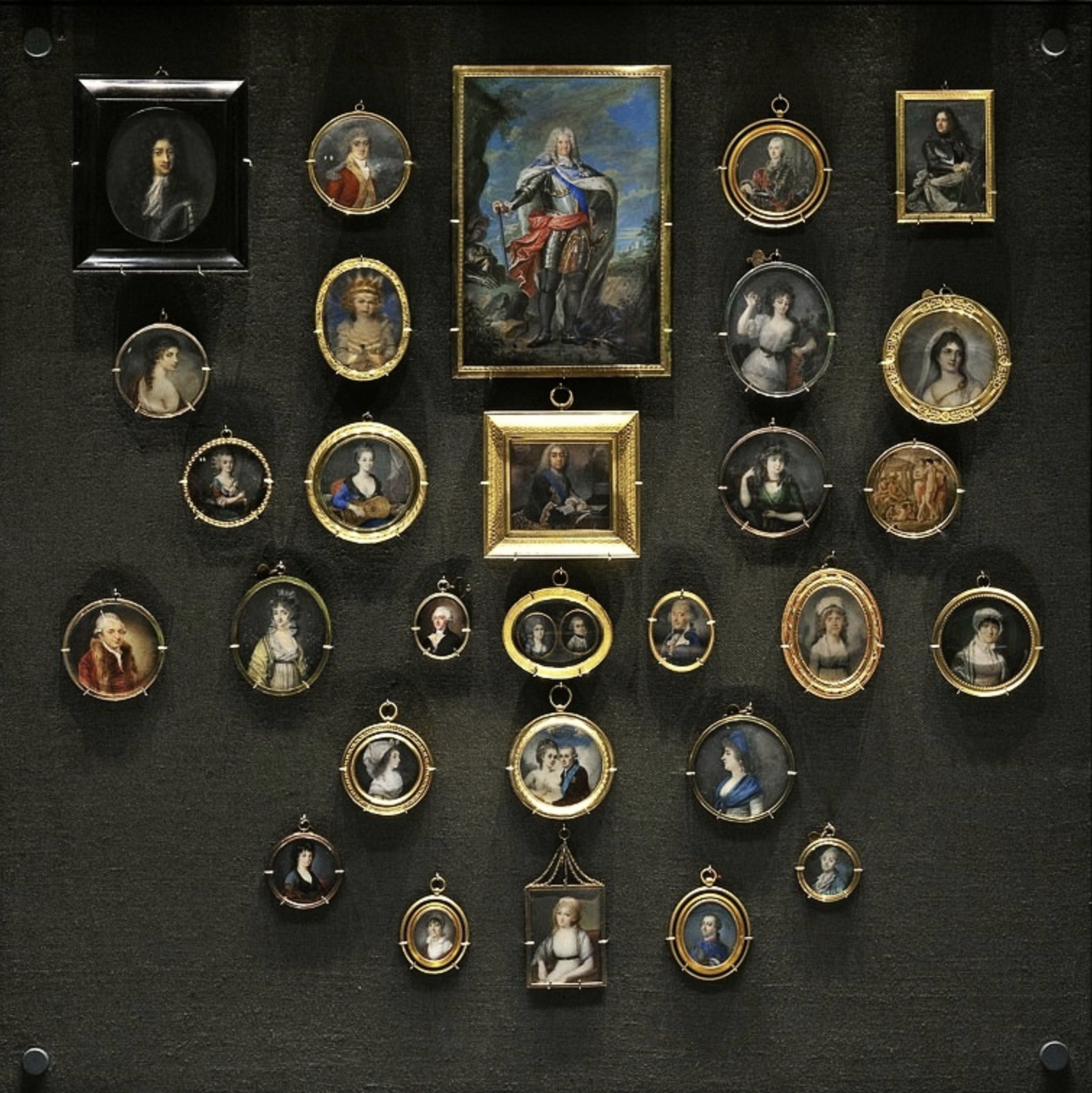
Similarly, miniature painting was popular among upper-class women, who were trained in the art as part of their genteel education. These small, detailed portraits and landscapes required considerable skill, yet they were seen as an extension of a lady’s refinement rather than a form of professional artistry. Miniatures, often exchanged as tokens of affection, held personal significance but were dismissed as trivial in the broader art world.
Botanical illustration bridged the gap between science and art, enabling women to document nature accurately. In an era when women were largely excluded from scientific professions, botanical art allowed them to contribute to scientific knowledge, albeit indirectly. Many of these works were included in botanical studies and publications, though the illustrators themselves were rarely credited.
The Undervaluation of Women’s Art
The distinction between decorative arts and fine arts played a significant role in the marginalization of women’s creative efforts. While fine arts like painting, sculpture, and architecture were dominated by men and revered for their cultural significance, decorative arts were underestimated. This divide was not based on the quality of the work but on gendered perceptions of the artist’s role. Painting and sculpture, considered the pinnacles of artistic achievement, were largely inaccessible to women due to their exclusion from formal training and guilds. Women were rarely allowed to study live models, a foundational practice for mastering anatomy and realistic representation. Consequently, their works, even when masterful, were dismissed as amateur.
This undervaluation extended to the public’s perception of what constituted serious art. The gendered bias ensured that even highly skilled and innovative creations, such as intricate tapestries or porcelain designs, were relegated to the margins of artistic recognition. Women artists also faced economic disadvantages. Unlike their male counterparts, who could sell their works or secure commissions, women often created art solely for personal enjoyment or familial use. This lack of financial incentive further perpetuated the notion that their art was a hobby rather than a profession.
Overlooked Contributions
Despite the systemic undervaluation of their work, many women managed to leave an indelible mark on the art world, albeit one that was often unacknowledged during their lifetimes. Below are a few examples of women whose artistic pursuits were initially dismissed but have since been re-evaluated for their cultural and artistic significance.
Mary Delany: The Art of Collage
Mary Delany (1700–1788), an English artist, is best known for her paper mosaics — intricate botanical collages crafted from tiny pieces of paper. Delany began creating these works in her seventies, combining artistic skill with scientific observation to produce over 1,000 representations of plants. While these works were dismissed as a genteel pastime at the time, they are now recognized as remarkable artistic and scientific achievements.
Anna Atkins: The First Female Photographer
Anna Atkins (1799–1871) combined art and science through her pioneering work in photography. She produced Photographs of British Algae: Cyanotype Impressions (1843), the first book illustrated with photographic images. Although her work was initially overshadowed by her male contemporaries, Atkins is now celebrated as a trailblazer in both art and botany.
Women in Embroidery Guilds
In Western Europe, women played central roles in creating elaborate tapestries and lacework that were highly valued in international trade. While the male patrons and designers often received credit, the women artisans who executed these intricate designs were largely forgotten. Here are some works attributed to embroidery guilds that highlight the skill and artistry of women artisans:
The Bayeux Tapestry. While the creators of the Bayeux Tapestry remain anonymous, many scholars believe it was crafted by women in an embroidery guild or monastery. This 11th-century masterpiece, which depicts the Norman Conquest of England, is a testament to the narrative power and technical skill of embroidery.
The Syon Cope. An example of opus anglicanum (English work), the Syon Cope is a richly embroidered liturgical garment from the late 13th or early 14th century. Its intricate designs and use of gold thread demonstrate the expertise of women artisans in ecclesiastical embroidery.
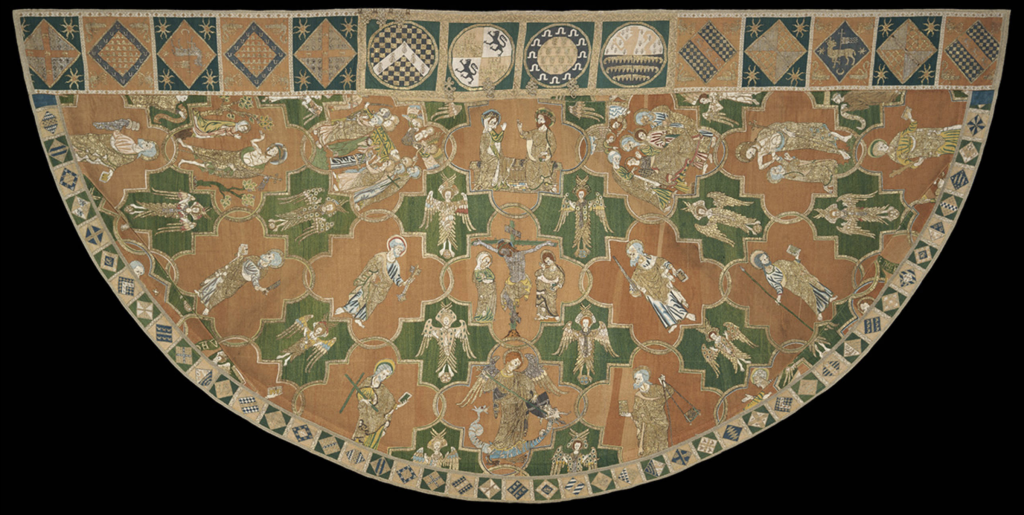
Renaissance Tapestries. Many Renaissance-era tapestries, such as those depicting scenes from the lives of saints or classical mythology, were the result of collaborative efforts within guilds, with women playing a crucial role in the execution of these monumental works.
Reclaiming the Legacy of Women’s Art
In recent decades, feminist art historians have worked to reevaluate and celebrate the contributions of women in the arts. This shift has led to a broader appreciation of forms once dismissed as hobbies, acknowledging their complexity, skill, and cultural significance. Museums and galleries have begun to showcase women’s contributions to decorative arts, with exhibitions dedicated to embroidery, textile design, botanical illustration, and many more. Such efforts have helped to elevate these practices to their rightful place within the broader art historical canon.
By reinterpreting the concept of hobby arts, scholars have highlighted how these practices allowed women to navigate societal constraints and express individuality. Far from being trivial, these art forms served as acts of resistance, creativity, and personal empowerment. The legacy of women’s art as a hobby continues to inspire contemporary artists who draw on traditional techniques like embroidery and collage to create works that challenge and expand the definition of art. A notable past exhibition was Anna Atkins Refracted: Contemporary Works at the New York Public Library (2018), which highlighted her pioneering cyanotypes alongside contemporary artists who were inspired by her techniques and themes. This exhibition explored how her work continues to influence modern art through the cyanotype process and its innovative applications.
The notion of women’s art as a hobby reflects a historical undervaluation of their creative contributions. Needlework, miniature painting, and botanical illustration were not merely pastimes; they were sophisticated art forms that required talent, discipline, and innovation. By relegating these works to the domestic sphere, society denied countless women the recognition they deserved. However, as contemporary scholarship and exhibitions reclaim these contributions, the rich legacy of women’s art is finally receiving the appreciation it merits. These once-dismissed hobbies now stand as enduring testaments to women’s creativity and resilience in the face of systemic barriers.
Women’s art, whether categorized as a hobby or profession, continues to inspire and enrich the cultural fabric of humanity, proving that creativity knows no boundaries, only those imposed by society.

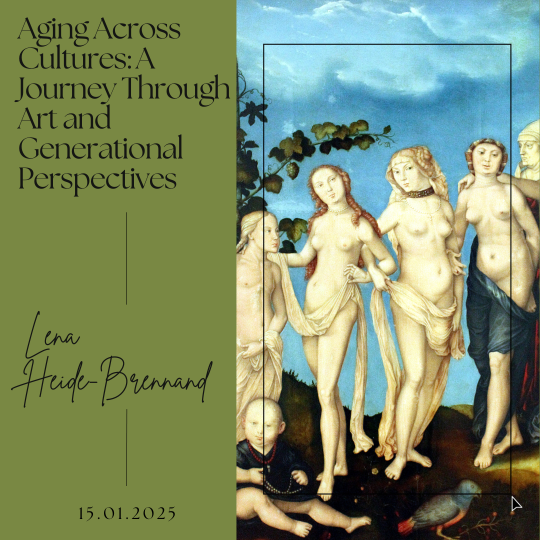
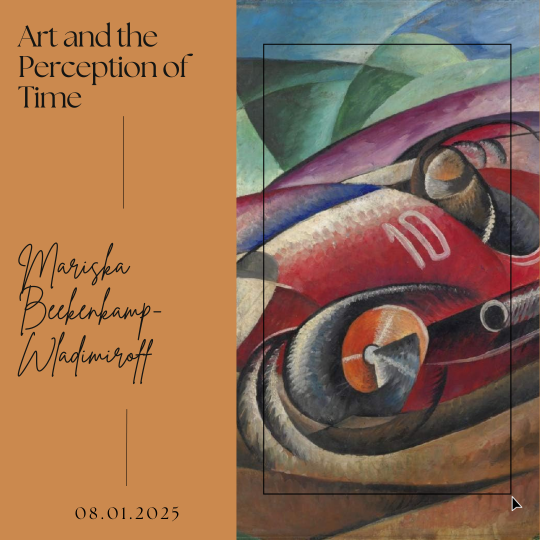
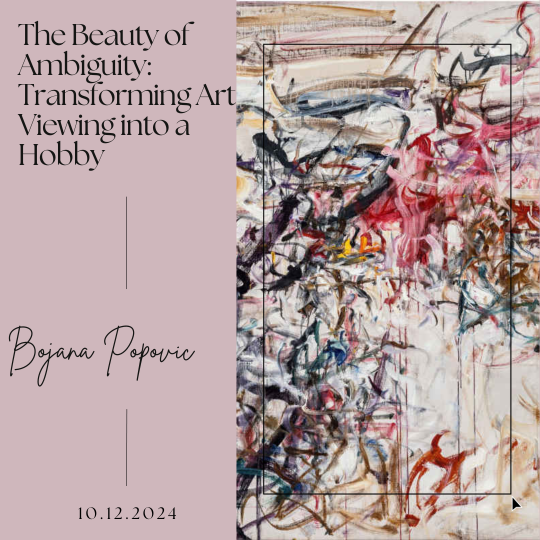
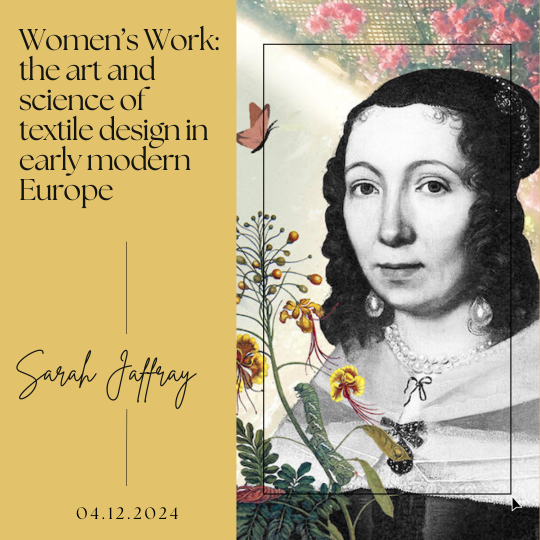
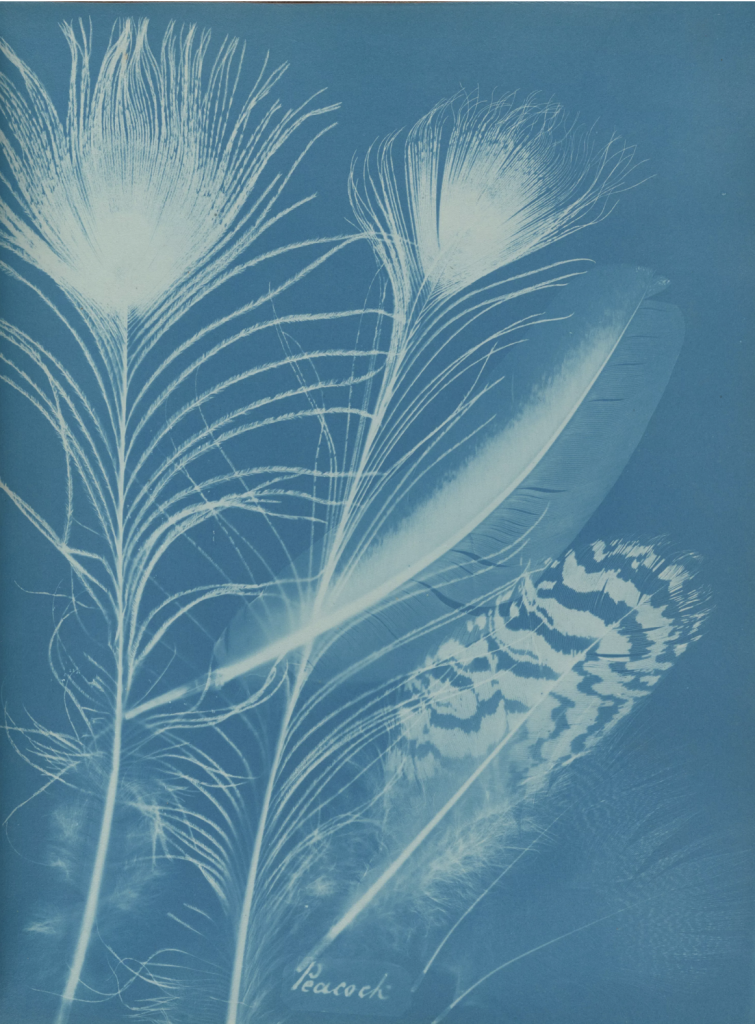
Leave a Reply